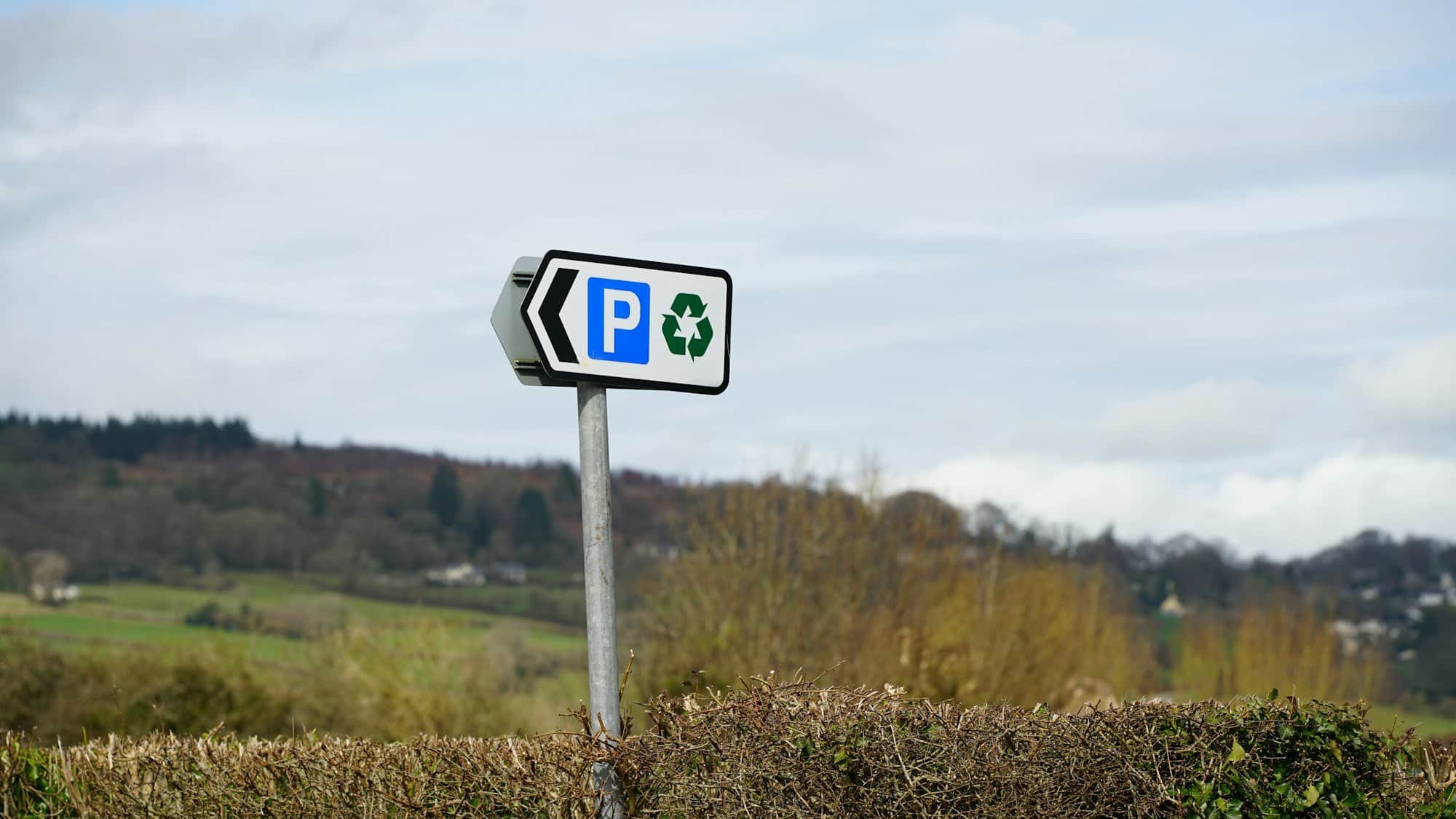Introduction
In the heart of the urban environment, large mixed-use developments have become a popular way to maximize space and convenience. However, these large multi-faceted buildings can be a maze for users if not properly navigated. That’s where wayfinding systems come into play.
A lire en complément : What Are the Benefits of Using Geothermal Heating in New Developments?
From office towers to residential buildings, shopping malls to theaters, these complex structures require a well-planned signage system to guide people through the space. Not just for visitors, but also for everyday users, a successful wayfinding design is paramount for a seamless experience. Let’s explore how to create an effective wayfinding system in your building or development.
Understanding the Importance of Wayfinding Design
Before you dive into designing your wayfinding system, it’s critical to understand the value it brings to your mixed-use development. Wayfinding is more than just signs pointing to the restroom or the exit. It’s about creating a navigational system that guides people through a space, creating a pleasant experience while reflecting your brand.
A découvrir également : How to Use Gamification to Engage Potential Real Estate Buyers?
An intuitive, user-friendly system will save people time and reduce frustration, creating a positive association with your building. Furthermore, it enhances the overall user experience, making your development more attractive to potential tenants or visitors.
Wayfinding doesn’t exist in a vacuum. It’s connected to the overall design of your space, the architecture, and the branding. The design of your wayfinding system can reinforce your brand and create a cohesive aesthetic throughout the building.
Planning and Designing the System
When it comes to planning your wayfinding system, the first step is to understand the layout of your building or development. This will give you an idea of the paths people will likely take and the potential obstacles they may encounter.
Keep in mind that your system should cater to all users, including visitors, employees, residents, and people with disabilities. Therefore, the design should be intuitive and accessible for all.
To create an effective design:
- Use consistent signage throughout the space
- Use clear, readable fonts and high-contrast colors for visibility
- Place signs at eye level and in logical locations
- Include maps or directories at key locations
- Use pictograms or icons where possible for universal understanding
Remember, the goal is not to flood your space with signs, but to strategically place them where they will be most useful.
Incorporating Digital Wayfinding
In this digital age, incorporating technology into your wayfinding system can enhance user experience. Digital signage can offer a dynamic, interactive way for people to navigate your space. Users can get real-time information, customized directions, and even alerts or notifications.
Digital wayfinding can be particularly useful in large, complex, mixed-use developments where static signs may not provide enough information. Interactive maps, touchscreens, mobile apps, and augmented reality are some of the digital tools you can employ.
However, ensure that your digital solution is user-friendly, accessible, and blends well with the overall design of your space. Keep in mind that not all users may be tech-savvy, so provide alternative options as well.
Reflecting Your Brand through Wayfinding
Your wayfinding system is an extension of your brand. It’s an opportunity to reinforce your brand identity and create a cohesive aesthetic throughout your space. The colors, fonts, icons, and materials you use for your signs can reflect your brand’s personality and values.
For instance, a creative agency might opt for a playful, vibrant signage system, while a corporate office building might choose a sleek, minimalist design. Your wayfinding system should not only guide users but also tell a story about your brand.
Remember to maintain consistency in your signage, as this helps strengthen your brand identity. This means using the same color scheme, typography, and design elements across all your signs.
Adapting Your Wayfinding System Over Time
No wayfinding system is set in stone. As your building evolves, your wayfinding system should adapt as well. User feedback is crucial in this process. Regularly gather feedback from your users to understand how well your system is working and where improvements can be made.
Moreover, keep an eye on advancements in technology and design trends that can enhance your wayfinding system. This not only keeps your system updated but also shows that you’re committed to providing the best user experience.
Creating an effective wayfinding system in a large mixed-use development can be a challenging task, but with careful planning, a user-centric approach, and a keen eye for design, you can create a system that not only guides your users but also enhances their overall experience in your space.
Utilizing Color Coding in Wayfinding Design
Color coding is a powerful tool in wayfinding design that can greatly enhance the user experience. When used strategically, colors can act as visual cues, guiding people efficiently through the built environment. It’s a simple yet effective way to intuitively guide users without overloading them with text or symbols.
In a large mixed-use development, different areas, such as office spaces, residential zones, retail sections, and leisure areas can be color-coded. This way, users can quickly identify with which part of the building they are in, just by glancing at the colors.
For instance, office wayfinding could use a particular color scheme distinct from the other areas. This creates an immediate visual association for the users, aiding in their navigation. Similarly, color-coded paths on floor or walls can subtly guide the users towards the desired destination.
However, while implementing color coding, it’s critical to consider those with color vision deficiencies. Make sure to use colors that have high contrast with each other and the background. Also, avoid relying solely on color as the only means of conveying information. Pairing color coding with signage systems or digital signage can ensure your wayfinding design is accessible to all.
Implementing a User-Centric Wayfinding Strategy
The overarching aim of an effective wayfinding strategy is to create a user-friendly experience. This involves understanding the needs and behaviors of the users and tailoring the wayfinding scheme accordingly.
User testing is a critical part of this process. Before finalizing the signage wayfinding system, conduct trials with a diverse group of users. This could include people of different age groups, abilities, and familiarities with the space. Testing should be conducted under various conditions like rush hours, low light, and during special events.
The feedback collected will provide valuable insights into how intuitive and effective your design is. It’s an opportunity to identify any issues or gaps in your wayfinding design and make necessary improvements. Regularly reviewing and updating your wayfinding strategy based on user feedback and experiences can help ensure that your system remains effective over time.
An effective wayfinding system in large mixed-use developments is not just about guiding users from point A to point B. It’s about creating a strategic, user-centric system that enhances the user experience, reinforces brand identity, and evolves with the changing needs.
From planning and designing the system, incorporating digital wayfinding, reflecting your brand, to adapting the system over time, every step plays a crucial role in creating a successful wayfinding scheme.
Remember, the best wayfinding systems are those that are intuitive and user-friendly. They blend seamlessly into the built environment, guiding users effortlessly without their conscious realization. In the end, the ultimate goal is to create a space where users feel comfortable and at ease, enhancing their overall experience in your mixed-use development.






